Vizcaya

- Type:
- shipwreck, steamer, Spain
- Name:
- Vizcaya is a Basque province in northern Spain. The Basques are a fiercely independent seafaring people of unknown origin.
- Built:
- 1872, England, as Santander
- Specs:
- ( 287 x 38 ft ) 2458 gross tons, 103 passengers & crew
- Sunk:
- Saturday October 30, 1890
collision with schooner Cornelius Hargraves - 60 casualties - Depth:
- 80 ft

The sinking of the Vizcaya was truly a maritime tragedy. The coal schooner Cornelius Hargraves was apparently under full sail at night with no running lights when it struck the Vizcaya, almost cutting the steamer in half. The Hargrave's bowsprit then raked across the Vizcaya's deck, demolishing the lifeboats and everything else in its path. The Vizcaya sank in minutes, and soon afterward the Hargraves settled to the bottom nearby.
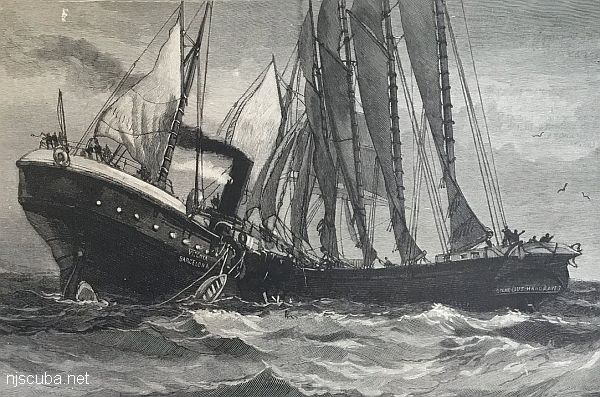
Survivors of the Cornelius Hargraves picked up several from the Vizcaya in their lifeboat, while a few survived by clinging to the protruding mast tops or were picked up by passing ships. None of the women and children aboard the Vizcaya survived.
Today, the Vizcaya is a large low debris field, the highest points being the boilers and engine. It occasionally produces artifacts and is known as a good lobster wreck. I am told that the deck beams in the drawing below are greatly exaggerated and that the boilers are much bigger than shown.
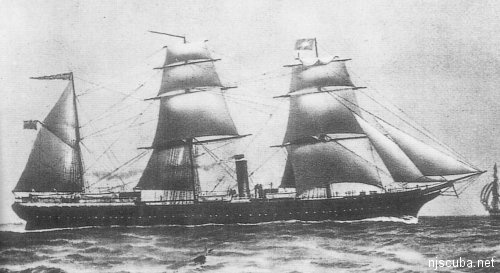
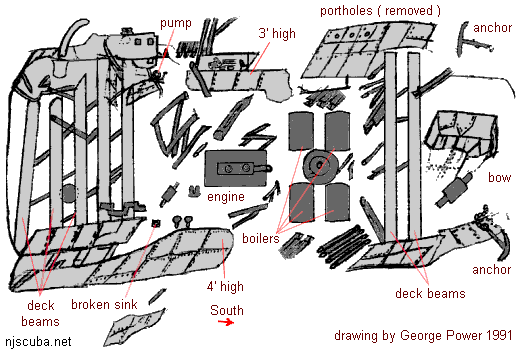
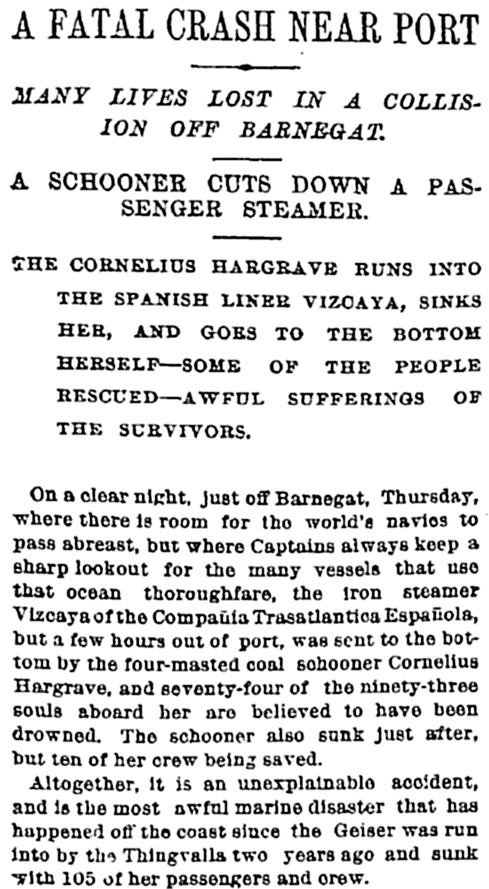

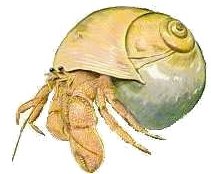
Questions or Inquiries?
Just want to say Hello? Sign the .